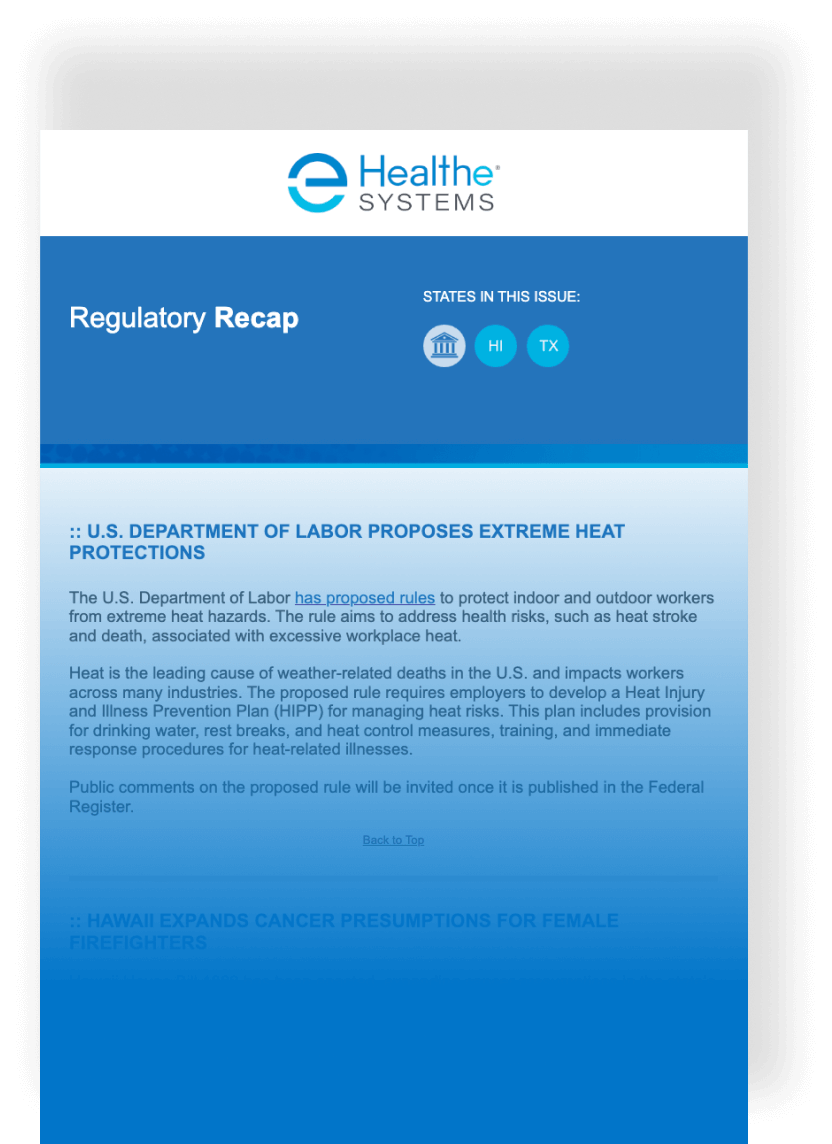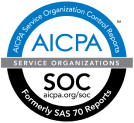The Workers’ Compensation Insurance Rating Bureau (WCIRB) of California released their 2025 State of the System report, highlighting key trends impacting the state’s workers’ compensation landscape.
The report covers premiums and rates, claim frequency, claim severity, claim duration, medical costs, utilization trends, and financial indicators that reflect the overall health of the system. The findings of this report offer insight into the cost drivers and performance of California’s workers’ comp system, helping stakeholders to make informed, strategic decisions that enhance claims outcomes.
According to the report, medical costs are rising, having gone up 8% in 2024, the highest since Senate Bill 863 was enacted, which reformed the workers’ comp system in 2012 to lower costs. This increase has been driven by higher utilization, fee schedule inflation, and growth in physical medicine and medical-legal services.
While post-pandemic premiums are stable, advisory pure premium rates rose for the first time in a decade, though charges rates remain historically low. However, the combined ratio for 2024 is projected to hit 127%, the highest in over 20 years, meaning insurers spend $1.27 for every $1.00 in premium. This reflects significant cost pressures and outpaces national averages.
When looking at medical services, payments per claim rose 11% from 2023 to 2024, due to an increase in transactions and increases in the average cost of transactions. Medical equipment and services (13% of total costs) have steadily increased since 2020, with interpreters and home health now making up one-third of this category.
As for claim duration, California reported higher duration than other states. Originally, claim duration was improving, but progress has stalled post-pandemic due to cumulative trauma claims, increased medical-legal activity, and rising allocated loss adjustment expenses (ALAE).
On the subject of medical-legal concerns, ALAE – incurred by insurers specifically to investigate, manage and settle individual claims – surged from 2022 to 2024, fueled by litigation, especially from LA-based firms. Medical-legal services continue to extend claim durations and costs.
These findings support strategic planning and policy decisions, such as the recent 8.7% increase in the average advisory pure premium rate (effective September 1, 2025), a key benchmark that insurers use to estimate expected claim costs.







